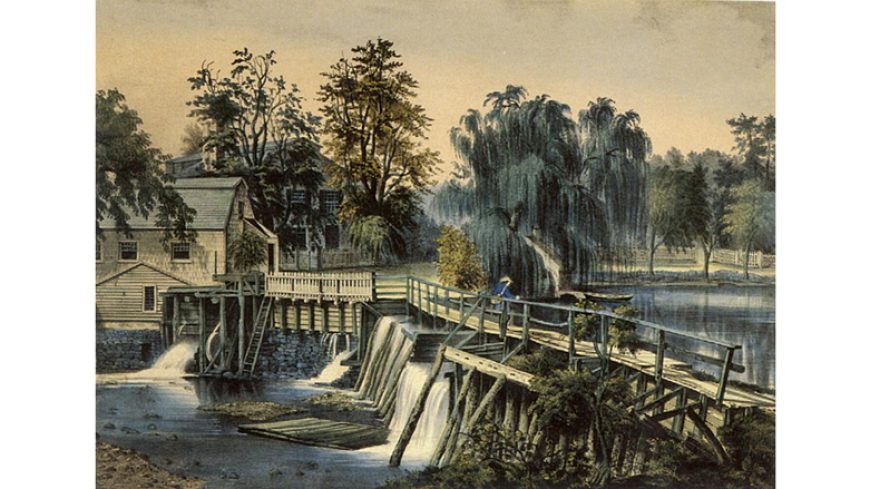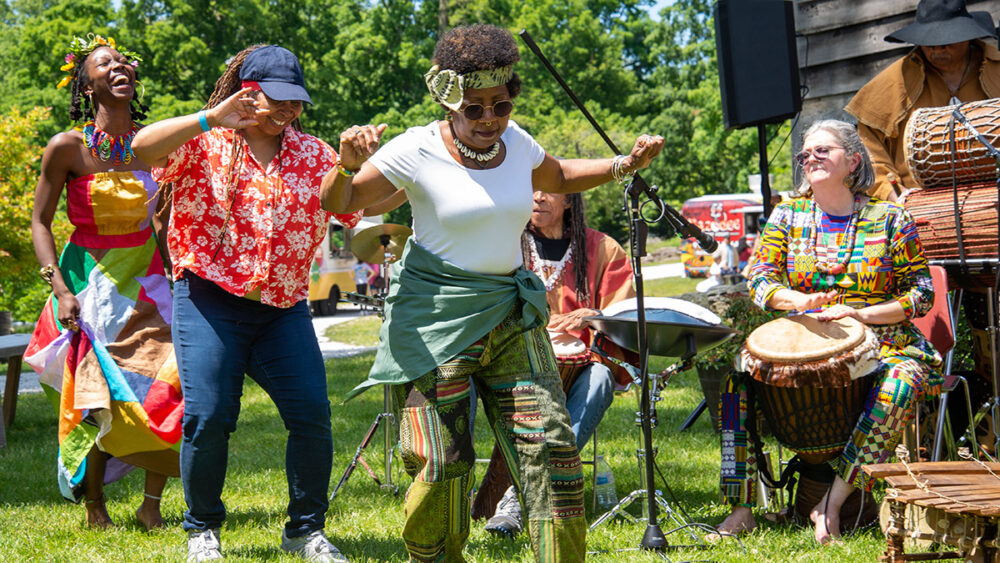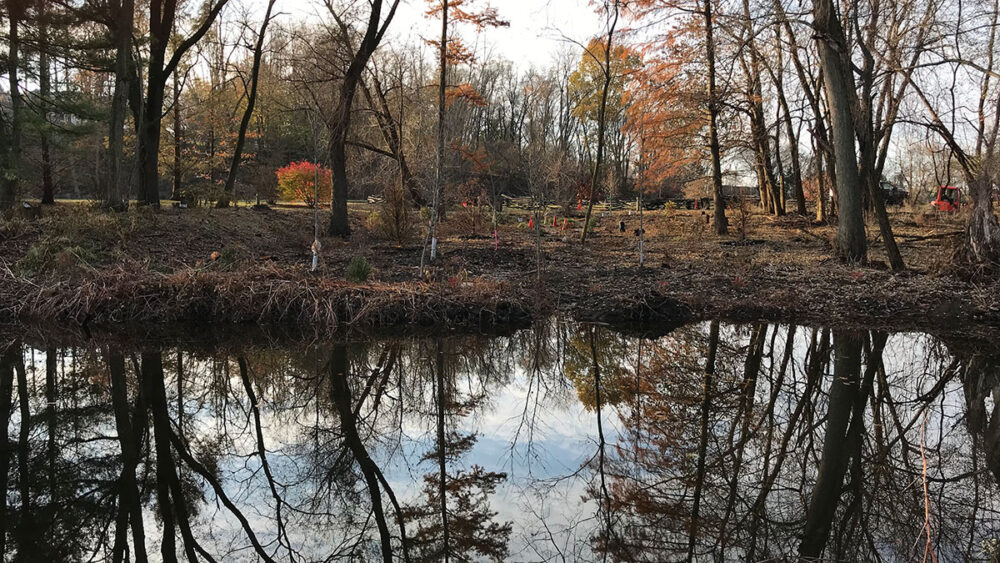A Tale of Two Hudson Valley Bridges

When the Tappan Zee Bridge was revealed as the “cover girl” for the 2016 federal budget last year, the New York Times responded with barely-concealed surprise and amusement. “It was the second such star turn for the bridge, which is showing its 50 years: Mr. Obama used the bridge as a backdrop in May [2014] for a speech about his infrastructure program.”
That the steel-and-concrete cantilever bridge was “showing its years” (which actually number closer to 60 than 50) is hardly newsworthy for a structure which withstands more than 24 million vehicular round-trips every year. The state and federally-funded project to replace the bridge is underway, at an anticipated cost of $3.9 billion. The Tappan Zee Bridge has invited publicity and controversy since its inception in 1950, when the site location, at the second-widest point along the Hudson River, was derided by many as a political boondoggle and a structural nightmare. President Obama’s cover girl has always been a bit of a drama queen.
But the Tappan Zee is not the only Hudson Valley bridge getting a makeover to mark a golden anniversary: the more than 60-year-old wooden pedestrian bridge over the millpond at Philipsburg Manor in Sleepy Hollow is about to undergo a restoration. The multi-million dollar renovation project, which includes restoration of the bridge, made possible thanks to the help of generous supporters. The first stage of the project, reconstruction of the mill’s waterwheel and flume, was completed last fall. The picturesque, oft-photographed bridge has supported nearly two million visitors since its construction, and its deteriorating condition required its temporary closure.
This bridge, too, is a celebrity, albeit a literary one. Students of the work of Washington Irving generally believe that the manor house and farm of the wealthy Anglo-Dutch Philipse family were the model for the home of Katrina Van Tassel, the local heiress whom Ichabod Crane pines for in The Legend of Sleepy Hollow. The millpond itself merits a couple of mentions in Irving’s classic ghost story.
The bridge that Historic Hudson Valley is restoring is not a 4.8-mile span or a commuter’s necessity. It won’t get you any closer to Manhattan, or, for that matter, New Jersey. What the Philipsburg Manor bridge will do is transport you into the past. With a dozen or so steps across the sparkling water of the pond, the present seems to recede, making it possible for visitors to fully comprehend the complicated and revelatory history of the families that lived and worked here 300 years ago. It may not be a $3.9 billion job, but it’s well worth the effort to safeguard this piece of New York history. You can leave your E-ZPass in the car, so long as you bring your imagination with you to the bridge at Philipsburg Manor.
By Elizabeth Bradley
The Mill-Dam at “Sleepy Hollow,” Currier & Ives, New York, NY, c. 1857-1857, hand-colored lithograph. Historic Hudson Valley.














